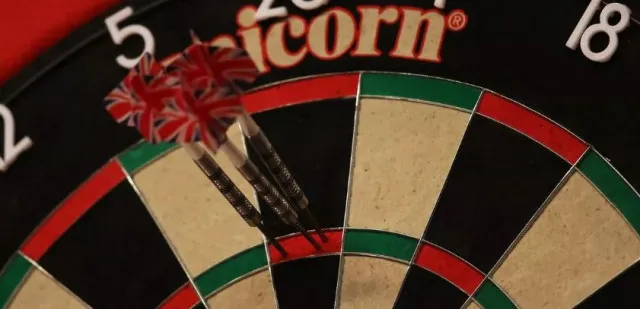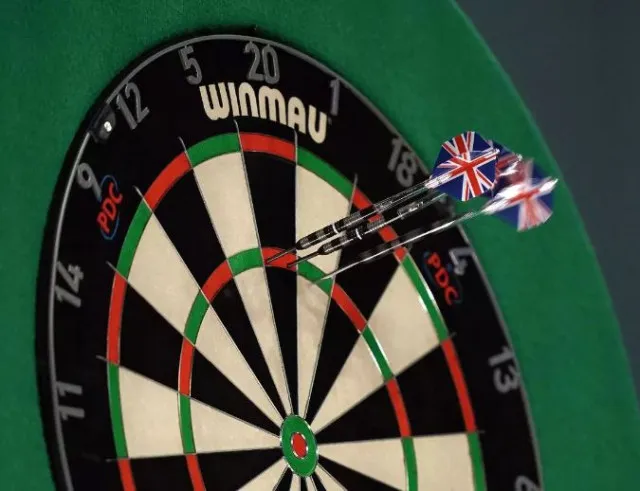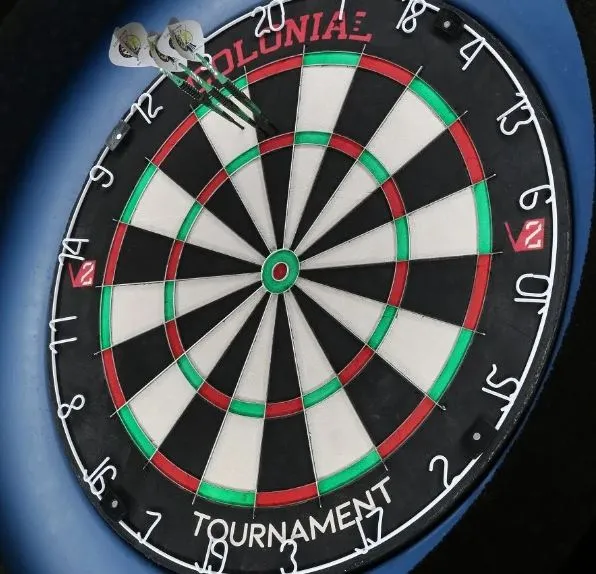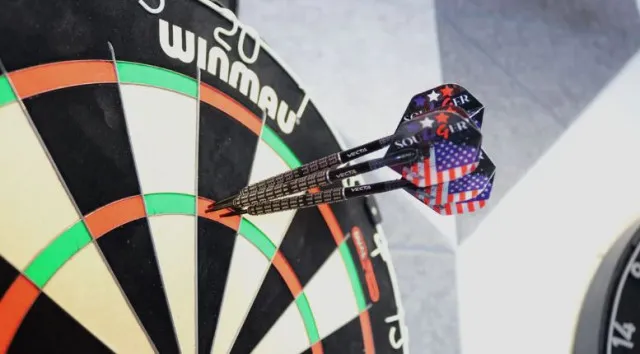People are just beginning to understand the reason why darts players start with a score of 501 rather than 500.
The Paddy Power PDC World Darts Championship continues at Alexandra Palace, showcasing thrilling matches and top-tier players.

As fans enjoy the action, a common question arises: Why do darts games start at 501 rather than 500? The answer lies in the game’s design and rules.
The reason behind 501
Darts games commence with a starting score of 501, and there’s a strategic reason for this choice.
Starting at 501, rather than a round number like 500, enhances the game’s competitiveness and complexity.

The key is to prevent games from ending too quickly. If players were only required to hit an even number, the game could conclude too soon.
Skilled players can achieve a nine-darter—a perfect score—within just a few throws.
Starting at 501 ensures that players must navigate the board more strategically.
Additionally, they need to reduce their score in various ways and hit an odd number before reaching zero.
This rule forces players to manage their scores carefully and use different sections of the dartboard.
The impact on Gameplay
If darts matches started at an even number like 500, players could potentially win by targeting the 20 segment repeatedly.
While they could reduce their scores to zero without needing additional strategy.
Starting at 501 introduces the requirement to finish on a double.
This makes it necessary to hit an odd number first to reach an even score before the final dart.

A Quora user explained this well: “If you started on an even number, all you would need to do is hit 20s (double, treble, or single) until you reached zero. Starting with an odd number and finishing with a double means you must get to an even number, which requires hitting an odd number beforehand.”
Interestingly, not all darts games begin at 501.
Before the professional circuit’s standardization, a common game format was 301. It featured a double start and double finish rule, meaning players couldn’t score until they hit a double.

The transition to 501 aimed to balance the game’s pace and strategy, providing a more engaging experience for both players and spectators.
The transition to 501 aimed to balance the game’s pace and strategy. This change provided a more engaging experience for both players and spectators.

The rule requires players to navigate the board and hit odd numbers. This adds a layer of complexity that enhances the overall competition.
As darts fans continue to enjoy the championship, understanding these nuances can deepen their appreciation for the sport.